Here we are in the birding doldrums of early summer and the southward migration just starting with the arrival of the early shorebirds. But this week, two distinctive oddities show up. While both are fairly easy to identify, we prefer to have photographs or multiple observers see it, but that is not always possible.
On June 29, Joe Melrod found a black-bellied whistling duck on a brackish pond between Katama Bay and Faulkner Road. This is the first time this species has been reported on the Island but no one else has seen it despite multiple searches. Nor is there a photograph to confirm its presence. Oddly enough, there is one on Nantucket that has been there for about a month; maybe it daytripped to us? Skyler Kardel reports that bird was still on Nantucket on June 30.
The second oddity is the swallow-tailed kite observed and carefully described by Liz Roland near Major’s Cove on the morning of July 5. According to Susan Whiting and Barbara Pesch’s Vineyard Birds II, there have been six sightings of this species on the Vineyard, all since 1993; they travel this far north on strong southerly winds. A single individual was observed a month ago on Shelter Island.
While there are many eyes paying attention to the birds on this Island, we all need to be ready to take a picture of the bird to confirm our sightings, especially of unusual species like these two. The Facebook group Martha’s Vineyard Bird Alert, which Lanny McDowell started about a decade ago, tells us how popular birds are. He thought he might get several hundred members but the group now has 3,120 members!
Two species are new to our annual list. The first spotted sandpipers of the year showed up on July 3. Jeanne Tunnell spotted one at Lake Tashmoo and Phil Edmundson spotted one along the south shore of West Tisbury. Also that day, Kiera Scott visited Felix Neck and heard a yellow-billed cuckoo.
The shorebird migration continues and will slowly pick up steam as more species arrive and the number of individuals increases. New this week are short-billed dowitchers that Warren Woessner, Lanny McDowell and Pete Gilmore saw on Norton Point Beach on June 29. Also in the flock were one ruddy turnstone and a few black-bellied plovers. Warren Woessner visited Norton Point Beach again on July 1 and spotted eight dowitchers and a lesser yellowlegs. On July 4 (Happy Birthday USA!), he spotted a snowy egret and a family of willets. At Norton Point on the same day, Kiera Scott added greater yellowlegs and saltmarsh sparrow to the list, while Cade Kaminsky saw a whimbrel on Sarson Island and two gannets off State Beach.
Doug Leavens had an adult male summer tanager visit their Otis Bassett bird feeders on July 1. This all-red bird is most frequently seen during the spring and fall migrations.
On July 2 at the state forest headquarters, I observed a sharp-shinned hawk that was only slightly larger than the robin it was chasing. Summertime sightings of this hawk are not common: Cooper’s hawks are the more common accipiter.
Hermit thrushes are not common except late in the southbound migration. So it is noteworthy that Bridget Dunnigan and Sea Williams saw one in the northeast corner of the state forest on July 4.
I have always wondered why small numbers of common eiders breed in the Elizabeth Islands but not on our island. David Stanwood saw a female common eider with youngsters lined up behind her in Woods Hole near the ferry dock on July 2. Fritz Bosch also saw them.
It is always nice to see birds nest successfully. Observing fledglings, baby birds that have left their nests, is evidence of this success. Karen Swift-Shannon saw a fledgling robin in her backyard on June 25. On June 28 in downtown Edgartown, Ryan Johnson spotted both a black-capped chickadee and a house sparrow feeding young. The next day, Cynthia Bloomquist found fledgling tufted titmice, starlings and downy woodpeckers in her yard. On June 30, I observed several fledgling barn swallows at Edgartown Bay Road. On the next day at Sheriff’s Meadow Sanctuary, I found a blue jay and several red-winged blackbirds feeding their fledglings.
Also on July 1, the Felix Neck Early Birders watched fledgling tree swallows. Jeanne Tunnell visited Cape Pogue on July 3 and reports tree swallows busy feeding their youngsters, while fledgling Baltimore orioles were observed by Raye Barbieri near Morning Glory Farm that day, and Kathy Landers saw her oriole fledglings on July 4. That same day. Pat Nagi saw a cardinal incubating eggs in a nest outside her window; both Marcia Streicher and Kathy Landers saw fledgling red-bellied woodpeckers at feeders; and both David Padullo and Seth Buddy observed rough-winged and bank swallows visiting their nesting cavities.
More shorebird sightings include Jeff Bernier’s sighting of recently-hatched black skimmer, least tern and oystercatcher chicks at Little Beach on July 3. From Quansoo Farm, both Huck Moore and Seth Buddy report a nesting killdeer, and the latter observer also reports a field sparrow at that location.
Steve Allen saw eastern willets, seven roosting turkey vultures, hummingbirds, two green herons, great egret, yellowthroat and pine warblers at Felix Neck on July 4. Other warblers sighted by David Padullo, Doreen McCabe and Seth Buddy include redstarts, prairie, blue-winged, black and white, yellow, prairie, ovenbird, and northern parula.
Finally, summertime fish crow sightings: Justin Roberge observed five at Hiawatha Park, Ben Clock saw two near the Steamship Authority dock in Oak Bluffs. Susan McCoy has seen them at the Hoft Farm.
Please email your sightings to birds@mvgazette.com.
Robert Culbert is an ecological consultant with Nature Watch LLC living in Vineyard Haven.

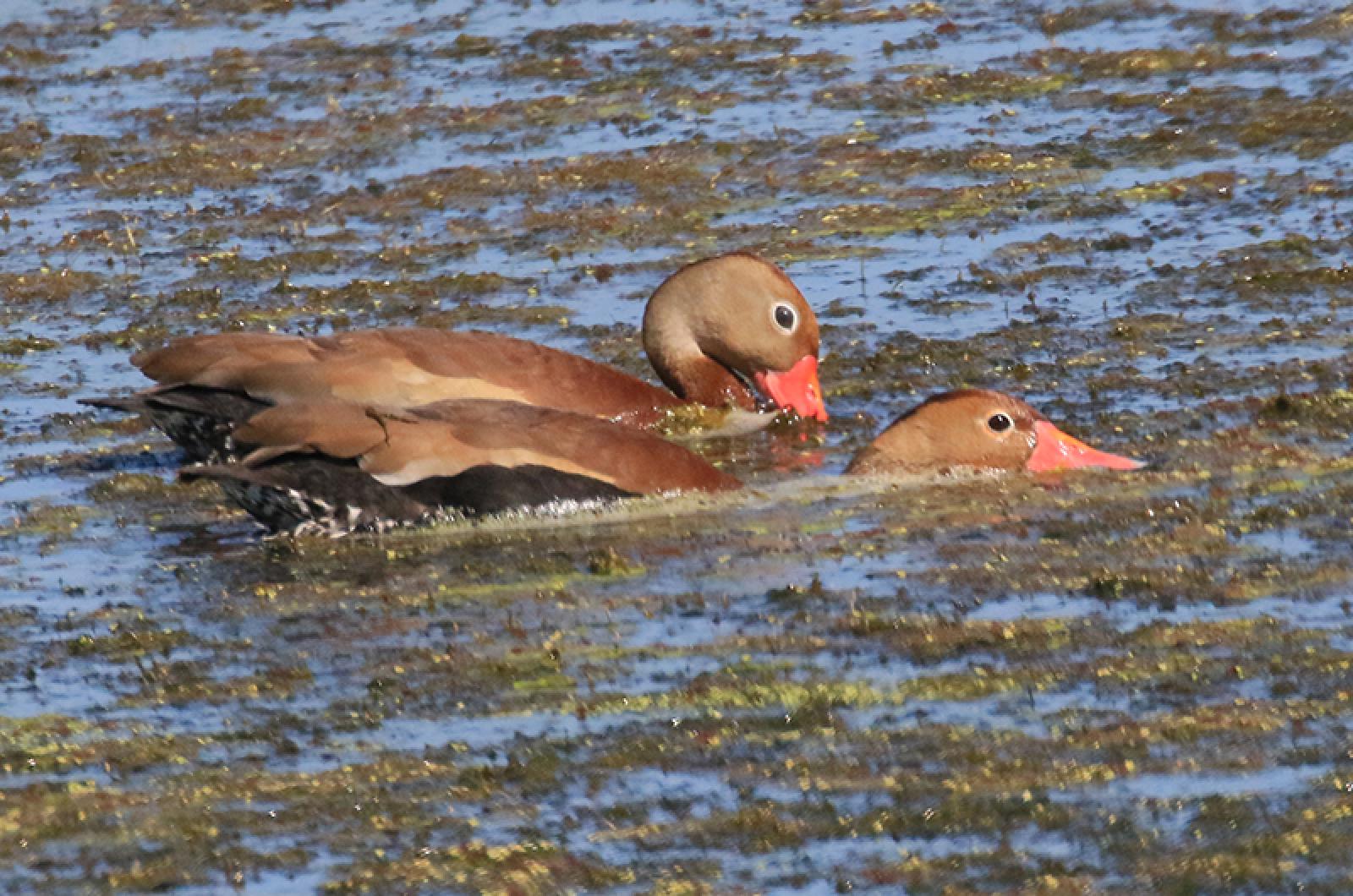
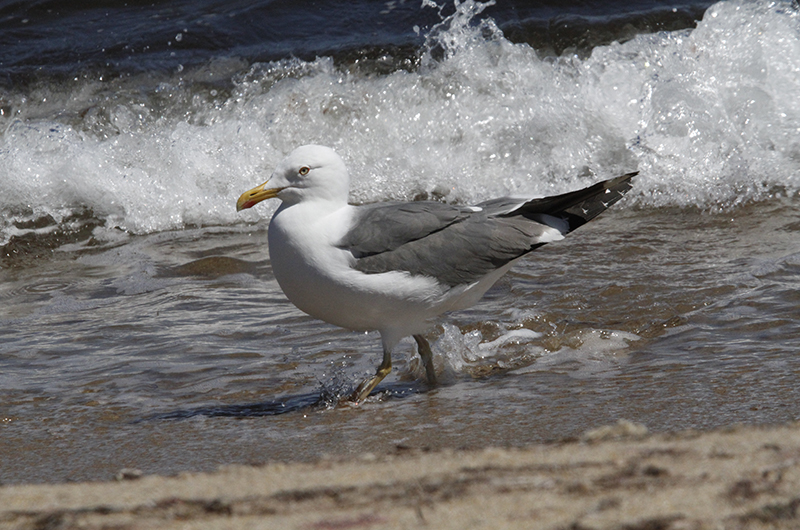
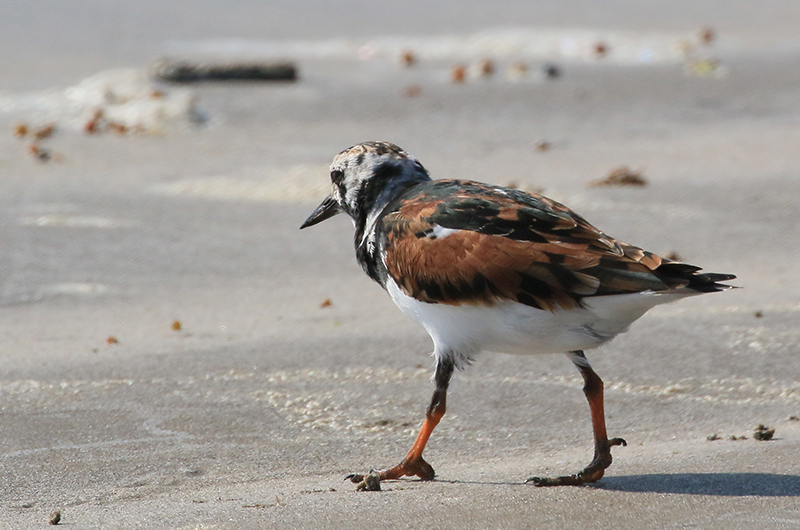
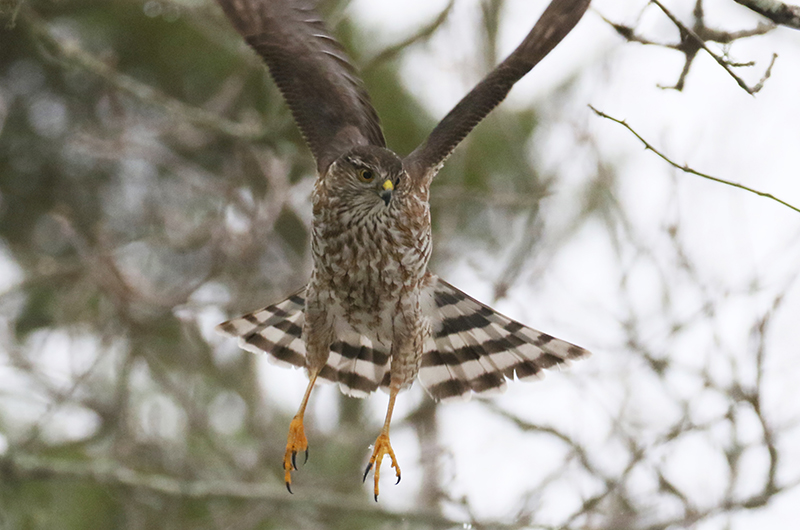
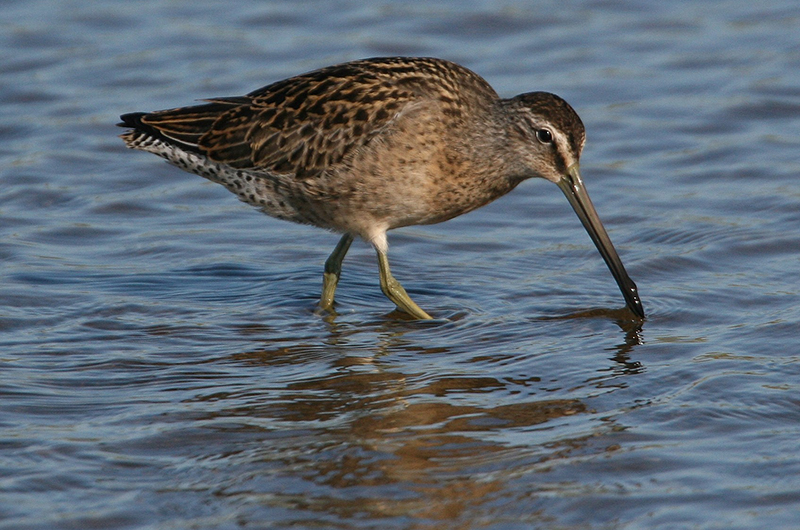
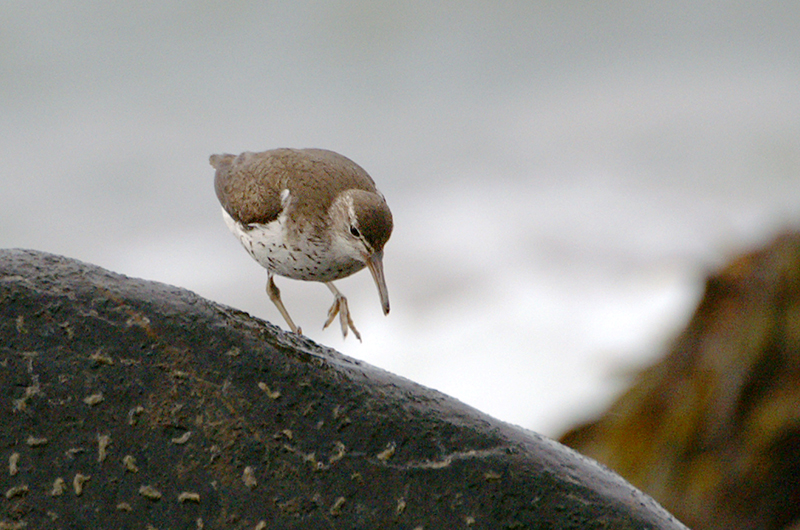


Comments
Comment policy »